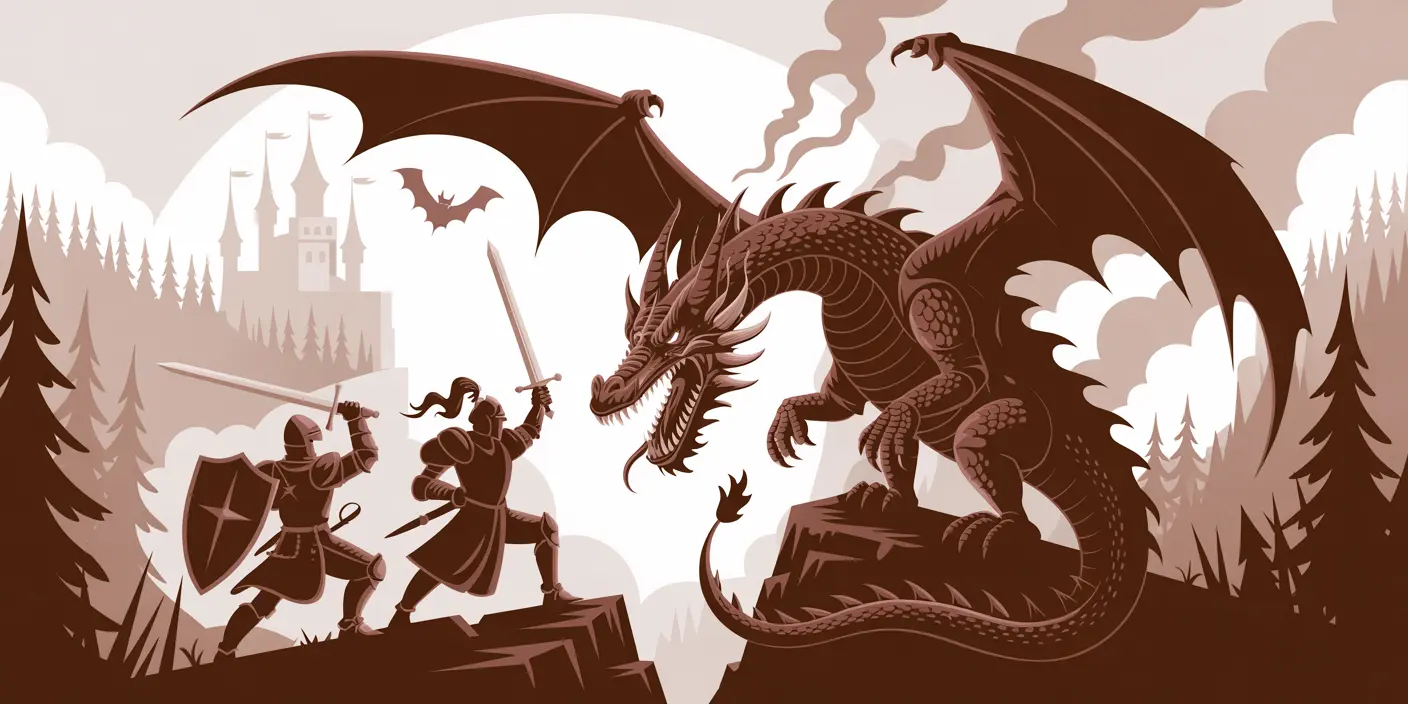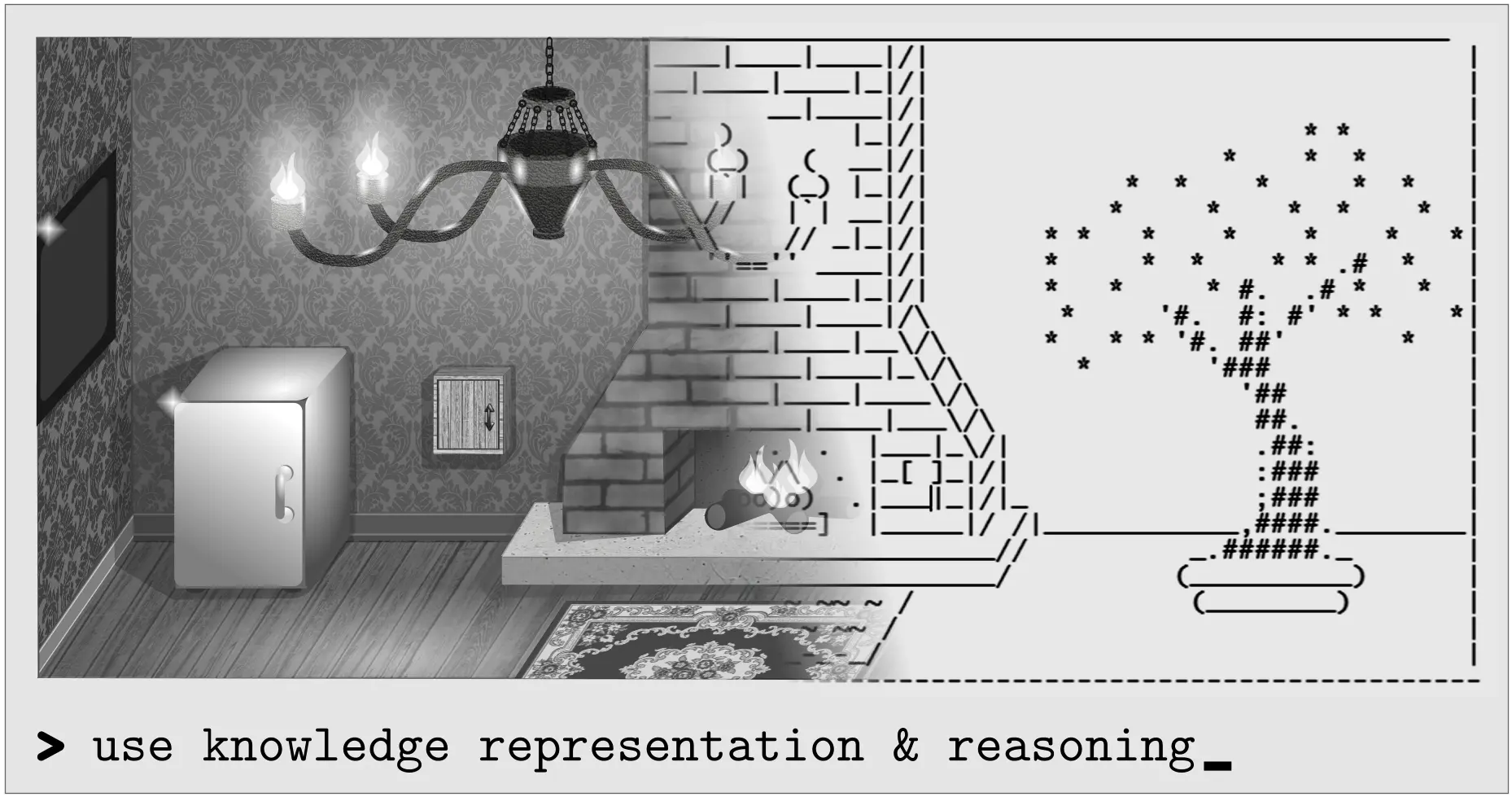Interactive Novels transcend the limitations of pure text through sophisticated visual storytelling that operates on psychological and emotional levels beyond conscious recognition. Every color choice, compositional element, and artistic detail contributes to a carefully orchestrated sensory experience that shapes player perception, emotional response, and narrative understanding. The medium's greatest practitioners understand that visual elements don't merely accompany the story—they become integral components of the storytelling process itself.
The Psychology of Color in Narrative Context
Color psychology in interactive novels extends far beyond basic associations between hues and emotions. Master art directors employ sophisticated color systems that evolve throughout the narrative, creating subtle psychological conditioning that influences player interpretation of events and characters. Warm palettes might initially suggest comfort and safety, only to gradually shift toward unsettling amber tones that foreshadow hidden dangers or moral ambiguity.
The most effective implementations use color temperature shifts to mirror emotional arcs and relationship dynamics. A romance subplot might begin with neutral tones that gradually warm as characters grow closer, while mystery narratives often employ desaturated palettes that intensify selectively to highlight crucial clues or revelations. These changes operate below conscious awareness, creating emotional resonance that feels natural rather than manipulative.
Cultural color associations add another layer of complexity to visual storytelling. Colors carry different symbolic meanings across cultures, and international interactive novels must navigate these variations carefully. Red might represent passion in Western contexts but luck and prosperity in East Asian settings. Sophisticated art direction acknowledges these cultural differences while finding universal emotional touchstones that transcend cultural boundaries.
Compositional Language and Visual Flow
Visual composition in interactive fiction creates narrative flow that guides player attention and emotional response through carefully orchestrated visual rhythms. The placement of characters within the frame, the use of negative space, and the relationship between foreground and background elements all contribute to storytelling that operates independently of text. These compositional choices influence pacing, tension, and emotional emphasis in ways that complement and enhance written narrative.
Advanced interactive novels employ cinematic techniques adapted for static images—leading lines that direct focus, depth of field effects that create emotional intimacy or distance, and framing devices that suggest psychological states. A character positioned in the lower portion of the frame might feel diminished or vulnerable, while central placement suggests importance and agency. These positioning choices accumulate over time to create subconscious character impressions that influence player relationships.
The rhythm of visual presentation—the pacing between scene changes, the duration of key images, and the visual weight of different story moments—creates narrative tempo that affects emotional engagement. Action sequences might employ rapid visual transitions and high-contrast compositions, while intimate character moments benefit from softer compositions with longer visual holds that allow emotional absorption.
Character Design as Personality Architecture
Character design in interactive novels functions as visual personality architecture where every design element communicates psychological information before characters speak their first words. Clothing choices, posture, facial structure, and color schemes work together to create immediate personality impressions that shape player expectations and emotional responses. These visual cues must align with character development while providing room for growth and surprise.
Sophisticated character design employs visual contradictions that suggest personality complexity—a tough exterior hiding emotional vulnerability, or conservative clothing choices that contrast with bold personality traits. These visual tensions create intrigue and encourage players to look beyond surface impressions, fostering deeper character engagement and investment in personality discovery.
Character design evolution throughout the narrative reflects internal change and character development. Subtle modifications to posture, expression, or clothing choices can signal growth, regression, or emotional state changes without explicit textual explanation. A character gaining confidence might stand straighter and make more direct eye contact, while someone experiencing trauma might display more closed body language and muted color schemes.
Environmental Storytelling and Atmospheric Narrative
Background environments in interactive novels serve as silent storytellers that provide context, mood, and narrative information through carefully crafted atmospheric details. These environments don't merely provide settings—they actively participate in story development through symbolic elements, historical details, and emotional associations that enhance narrative depth without relying on explicit exposition.
Environmental details create immersive world-building that extends beyond what characters directly discuss. A cluttered desk might suggest a busy, perhaps overwhelmed character, while sparse, minimalist environments could indicate emotional detachment or disciplined personalities. These environmental cues provide players with investigative opportunities to understand characters and situations through visual observation.
Weather, lighting, and seasonal changes in environmental design mirror emotional narratives and story developments. Rainy scenes during emotional revelations, golden hour lighting for romantic moments, or harsh shadows during conflict scenes create atmospheric reinforcement that amplifies emotional impact. These environmental mood indicators work subconsciously to enhance narrative moments without requiring explicit textual description.
Typography as Visual Voice
Typography in interactive novels extends beyond simple text presentation to become a crucial element of character voice and narrative atmosphere. Font choices, text sizing, spacing, and presentation effects all contribute to the reader's perception of character personality, emotional state, and communication style. Different characters might employ distinct typographical treatments that become visual signatures of their presence and personality.
Advanced typography systems respond to emotional context and story circumstances. Text might become shaky during moments of fear, bold during angry outbursts, or faded during whispered conversations. These dynamic typography elements create immediate emotional connection between readers and character states, enhancing empathy and emotional investment in character experiences.
The relationship between text and visual elements—text placement within scenes, integration with character imagery, and the visual balance between words and pictures—affects reading rhythm and emotional pacing. Text that overlaps with character expressions might create intimacy, while separated text and imagery could suggest emotional distance or formal communication.
Animation and Motion Graphics in Static Mediums
Even within traditionally static interactive novel formats, subtle animation and motion graphics create dynamic storytelling that enhances emotional engagement and narrative flow. Gentle character breathing, blinking animations, particle effects, and background movement add life to scenes without overwhelming the text-focused experience. These animations must be carefully calibrated to enhance rather than distract from the reading experience.
Motion graphics serve narrative functions beyond mere visual appeal. Floating text effects might suggest magical themes, while glitch animations could indicate technological or psychological disruption. Weather effects, lighting changes, and environmental animations create atmospheric immersion that supports story themes and emotional development.
The timing and rhythm of animated elements create visual music that complements narrative pacing. Quick, sharp movements might suggest tension or excitement, while slow, flowing animations could indicate peaceful or melancholic moments. These animation rhythms work with text pacing to create cohesive emotional experiences that feel naturally integrated.
Cultural Visual Languages and Universal Emotions
Interactive Novels must navigate the complex intersection of cultural visual languages and universal human emotions. Different artistic traditions carry distinct symbolic meanings, compositional preferences, and aesthetic values that influence how audiences interpret visual information. Understanding these cultural contexts allows creators to communicate effectively across cultural boundaries while respecting artistic traditions.
The challenge involves identifying visual elements that transcend cultural specifics to tap into shared human emotional experiences. Facial expressions, body language, and certain color associations appear to have cross-cultural recognition, while other visual symbols require cultural context for proper interpretation. Successful international interactive novels find the balance between cultural specificity and universal accessibility.
Art style choices themselves carry cultural connotations that influence player expectations and emotional responses. Anime-influenced art might suggest certain narrative approaches and emotional registers, while realistic or painterly styles could indicate different story priorities. These style associations create immediate genre expectations that skilled creators can either fulfill or subvert for narrative effect.
Technical Innovation and Artistic Expression
Advancing technology continues to expand possibilities for visual storytelling in interactive fiction, but technical capability must serve artistic vision rather than overwhelming it. New rendering techniques, lighting systems, and interactive visual elements offer creative opportunities while requiring careful integration that maintains focus on narrative and emotional connection rather than technical spectacle.
The most effective technological implementations enhance storytelling transparency rather than calling attention to their own sophistication. Dynamic lighting that responds to story mood, procedural background details that suggest living environments, or interactive visual elements that respond to player choices all serve narrative purposes while demonstrating technical innovation.
Innovation in visual storytelling often emerges from creative constraints rather than unlimited technical resources. Independent developers working with limited budgets frequently discover innovative visual techniques that maximize emotional impact through clever artistic choices rather than expensive production values. These creative solutions often influence the broader medium by demonstrating new possibilities for visual expression.
The Integration of Visual and Textual Narratives
The ultimate artistry in interactive novel design lies in seamless integration where visual and textual elements work together to create unified narrative experiences that transcend what either medium could achieve independently. This integration requires understanding how images and words interact psychologically, how visual information can complement or contrast with textual content, and how the relationship between seeing and reading affects comprehension and emotional response.
Master interactive novel creators understand that the most powerful moments often occur when visual and textual elements create meaningful tension or harmony. A character claiming happiness while displaying subtle visual cues of distress creates complex emotional layering that encourages player investigation and empathy. These moments of visual-textual counterpoint add psychological depth that reflects the complexity of human communication.
The evolution of visual storytelling in interactive fiction continues to push the boundaries of what constitutes literature, gaming, and visual art. As creators become increasingly sophisticated in their understanding of how visual elements affect narrative perception, the medium grows closer to achieving its full potential as a unique art form that offers experiences impossible in any other medium. The silent language of visual storytelling speaks directly to human emotion and imagination, creating connections that linger long after the final words have been read.


